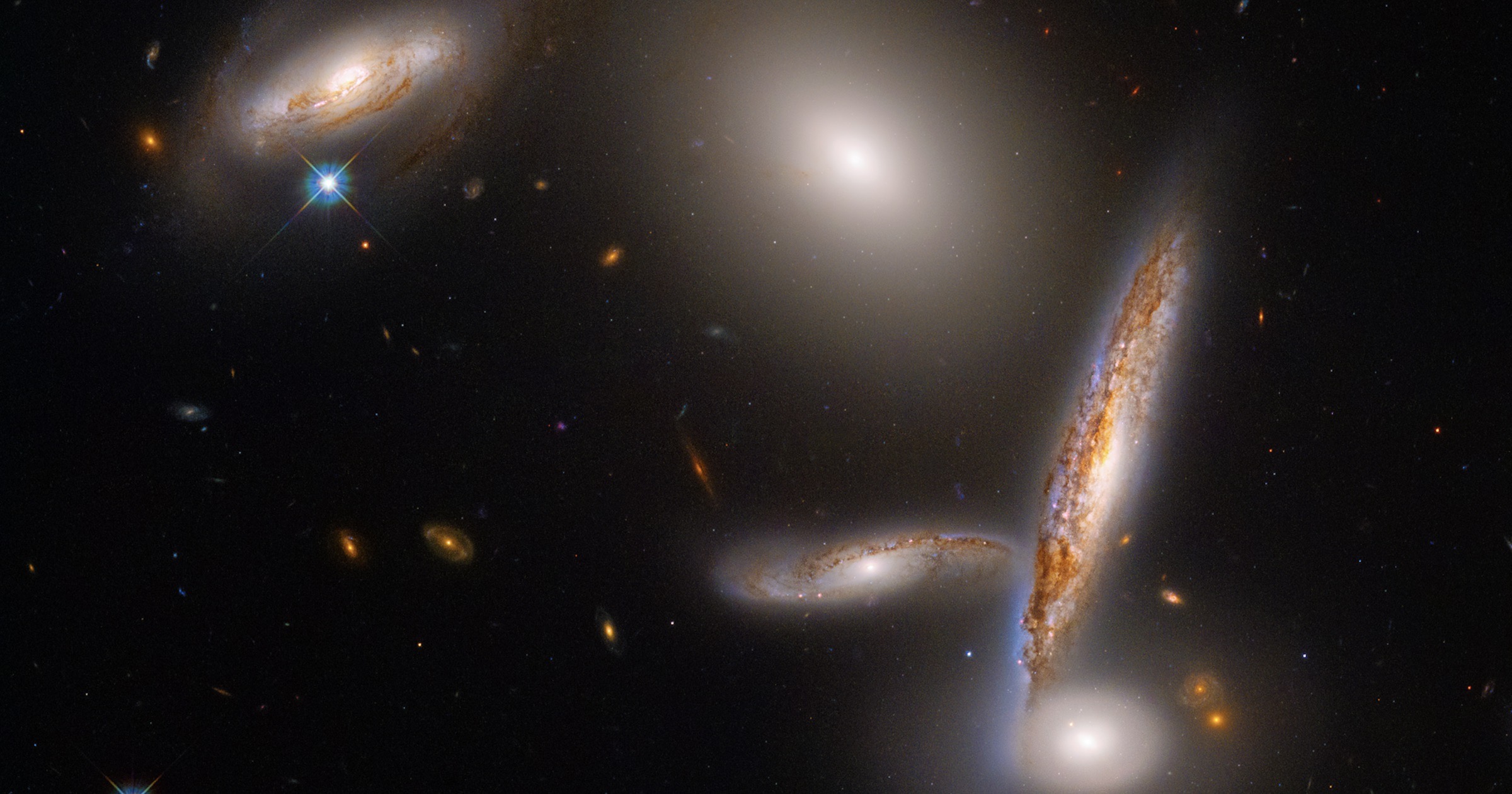 Intelligent Design
Intelligent Design
 Physics, Earth & Space
Physics, Earth & Space
The Positive Case for Intelligent Design in Physics

Editor’s note: We are delighted to present a series by geologist Casey Luskin on “The Positive Case for Intelligent Design.” This is the seventh entry in the series, a modified excerpt from the new book The Comprehensive Guide to Science and Faith: Exploring the Ultimate Questions About Life and the Cosmos. Find the full series so far here.
Observation (from previous studies): Intelligent agents can quickly find extremely rare or highly unlikely solutions to complex problems:
- “Agents can arrange matter with distant goals in mind. In their use of language, they routinely ‘find’ highly isolated and improbable functional sequences amid vast spaces of combinatorial possibilities.”1
- “Intelligent agents have foresight. Such agents can determine or select functional goals before they are physically instantiated. They can devise or select material means to accomplish those ends from among an array of possibilities. They can then actualize those goals in accord with a preconceived design plan or set of functional requirements. Rational agents can constrain combinatorial space with distant information-rich outcomes in mind.”2
Hypothesis (prediction): The physical laws and constants of physics will take on rare values that match what is necessary for life to exist (i.e., fine-tuning).
Experiment (data): Multiple physical laws and constants must be finely tuned for the universe to be inhabited by advanced forms of life. These include the strength of gravity (gravitational constant), which must be fine-tuned to 1 part in 1035 (ref. 3); the gravitational force compared to the electromagnetic force, which must be fine-tuned to 1 part in 1040(ref. 4); the expansion rate of the universe, which must be fine-tuned to 1 part in 1055 (ref. 5); the cosmic mass density at Planck time, which must be fine-tuned to 1 part in 1060 (ref. 6); the cosmological constant, which must be fine-tuned to 1 part in 10120 (ref. 7); and the initial entropy of universe, which must be fine-tuned to 1 part in 1010^123 (ref. 8). The Nobel Prize-winning physicist Charles Townes observed:
Intelligent design, as one sees it from a scientific point of view, seems to be quite real. This is a very special universe: it’s remarkable that it came out just this way. If the laws of physics weren’t just the way they are, we couldn’t be here at all.9
Conclusion: The cosmic architecture of the universe was designed.
While the evidence points strongly to design in the five scientific fields we have discussed — biochemistry, paleontology, systematics (the relationships between organisms), genetics, and physics — like all scientific theories, the conclusion of design is always held tentatively, subject to future scientific discoveries.
Next, “Using the Positive Case for Design to Answer Common Objections.”
Notes
- Meyer, “The Cambrian Information Explosion.”
- Meyer, Darwin’s Doubt, 362-363.
- Geraint Lewis and Luke Barnes, A Fortunate Universe: Life in a Finely Tuned Cosmos (Cambridge, UK: Cambridge University Press, 2016), 109.
- John Leslie, Universes (London, UK: Routledge, 1989), 37, 51.
- Alan Guth, “Inflationary Universe: a possible solution to the horizon and flatness problems,” Physical Review D 23 (1981), 347-356; Leslie, Universes, 3, 29.
- Paul Davies, The Accidental Universe (Cambridge, UK: Cambridge University Press, 1982), 89; Leslie, Universes, 29.
- Leslie, Universes, 5, 31.
- Roger Penrose and Martin Gardner, The Emperor’s New Mind: Concerning Computers, Minds, and the Laws of Physics (Oxford, UK: Oxford University Press, 2002), 444-445; Leslie, Universes, 28.
- Charles Townes as quoted in Bonnie Azab Powell, “‘Explore as much as we can’: Nobel Prize winner Charles Townes on evolution, intelligent design, and the meaning of life,” UC Berkeley NewsCenter (June 17, 2005), https://www.berkeley.edu/news/media/releases/2005/06/17_townes.shtml (accessed October 26, 2020).
